What is the most suitable amount of powder for Espresso? What is the effect of different amount of powder on Espresso cooking
Professional coffee knowledge exchange more coffee bean information please follow the coffee workshop (Wechat official account cafe_style)
The amount of powder is one of the basic variables of any cooking formula, but it is probably the most easily ignored parameter. Most of us may adjust the grinding scale or powder-to-water ratio regularly, but almost all of us use the same amount of powder.
To be fair, there is a good reason for this-it makes sense for cafes to choose a fixed amount of powder, which can fix the consistency of the concentration and capacity of the drinks produced. Therefore, we also recommend that you choose a fixed amount of powder suitable for your coffee shop (consumer group taste orientation) and equipment and stick to it.
However, even if you keep other parameters constant (such as powder-to-water ratio, brewing time or total extraction rate), different amounts of powder you choose will certainly have an impact on flavor and extraction.
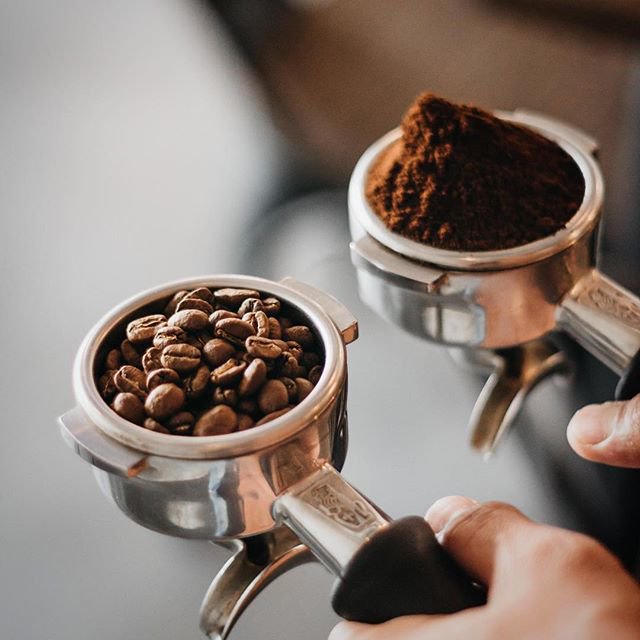
Select powder quantity
The most important thing to consider in a cafe environment is how big a drink you want to sell. This point is more complicated, involving the positioning of the store, consumer groups' taste orientation, consumer concepts and habits. And the efficiency of the production, the size limit of the equipment, and so on. Let's discuss it next time.
Today, we focus on the knock-on effect of powder selection and how it affects flavor and extraction.
The amount of powder will affect three key parameters: the vertical uniformity of the extraction; the grinding scale; and the risk of perforation. If you are trying to optimize the amount of powder to improve the taste quality, then there must be some careful consideration between these three factors.
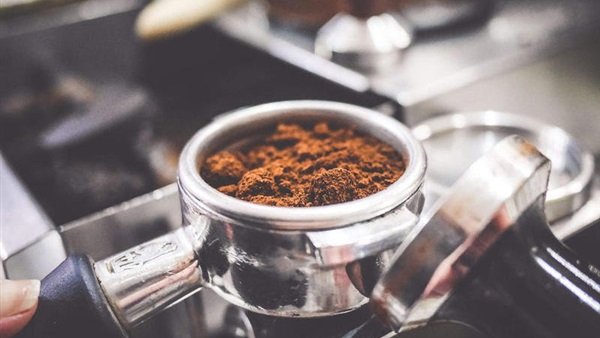
Vertical extraction uniformity
When you brew espresso, the hot water keeps passing through the watershed above the brewing head, and then through the coffee pressed powder, taking away coffee flavor molecules along the way. By the time the water reaches the lower part of the pressed powder, it is already filled with soluble matter, greatly reducing its extraction ability (dissolution saturation).
This means that the coffee powder on the top of the pressed powder is extracted much faster than the coffee powder at the bottom. The greater the distance between the top and bottom, the more coffee powder the water passes along the way, and the greater the difference in extraction.
A more uniform extraction rate usually tastes better and allows you to get the same concentration with less coffee powder. Therefore, reducing the amount of powder can have a very positive impact on taste and cost consumption.
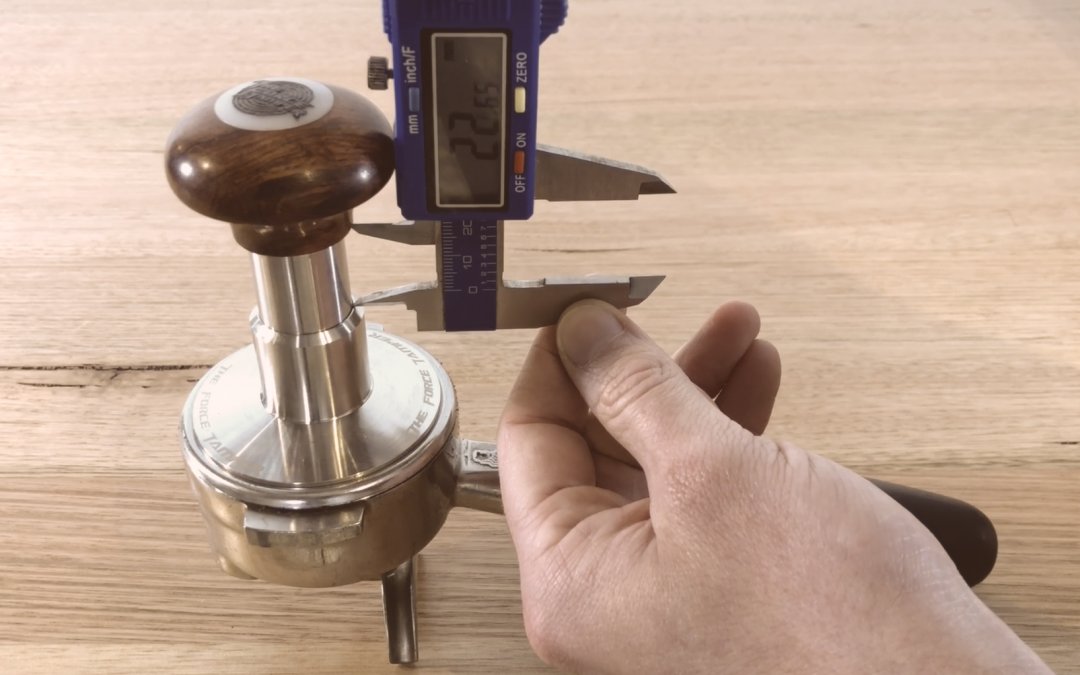
Grinding scale and Darcy's Law
Changing the amount of powder can also affect the speed of water flowing through pressed powder. The most obvious sign of increasing the amount of powder is greater flow resistance, which means that you need a thicker grinding scale to compensate.
Darcy's Law is a constitutive equation that describes the flow through a porous medium such as a coffee powder layer. In short, the law states that the velocity of the liquid passing through the powder layer is directly proportional to the permeability of the powder layer and inversely proportional to the distance it passes through. In other words, if you double the amount of powder, so that the penetration distance of the water is doubled, your flow rate will be halved.
In this case, the permeability is controlled by the grinding size-the grinding is finer, the permeability of the powder layer becomes smaller, and the flow velocity decreases accordingly. This formula explains why finer grinding scales are often required when less powder is required on the premise of the same extraction time.
For espresso, in most cases, the finer the grinding particles, the better the flavor. The extraction of espresso is mainly caused by water scouring and eroding the surface of coffee powder particles (M Petracco,2005)-because the extraction time limits the infiltration range of water, in just 30 seconds, water does not have time to go deep into the center of coffee powder particles, absorb, dissolve and spread outward. This means that high surface area (fine grinding and / or large amounts of & # 39; ultra-fine powder & # 39;) is essential for good extraction in espresso.
Therefore, a lower amount of powder can make your grinding scale finer, increase the extraction rate, and is most likely to improve the flavor. However, there is a major limiting factor: piercing.
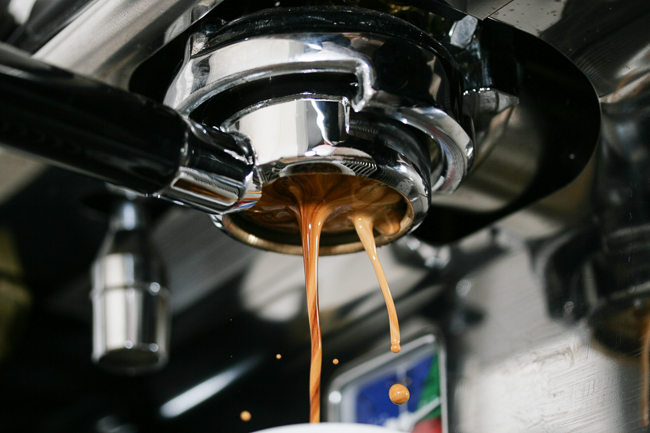
Piercing
Most of us should have experienced perforated espresso (made or drunk). Some channels may be formed temporarily, others are too small to be seen, while others can cause the pressed powder to break and the extract can be "ejected" from the bottom of the powder bowl. Whether you can see them or not, they are there-there is no doubt that piercing will make espresso less delicious-piercing will overextract some areas of pressed powder and underextract the rest.
The lower thickness of the powder layer makes the channel easier to form (M Petracco,2005). This limits the minimum amount of powder that can be reached before the channel does start to affect the flavor.
By the way, this is why some drawers use narrower powder bowls, which allows you to use a fixed amount of powder to create a deeper and thicker powder layer. The extraction pressure of some drawers can reach a peak slightly higher than that of 9bar, which increases the probability of perforation, while a deeper and thicker powder layer can relatively counteract the possibility of perforation.
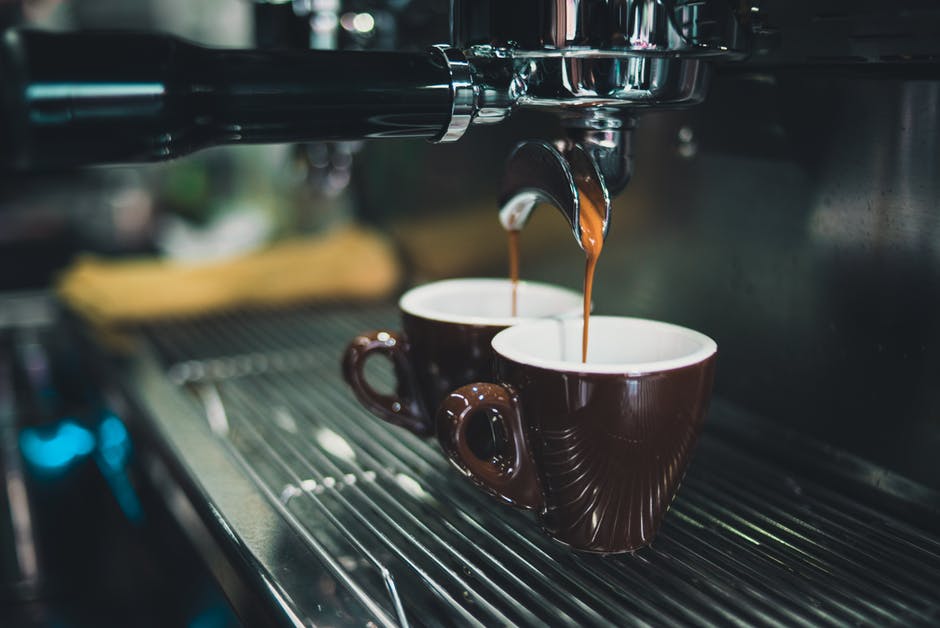
About the pre-soaking before brewing
Effective pre-soaking should be able to make the whole powder layer wet before the pressure increases, so a larger amount of powder will lead to a longer pre-soaking time. If you can adjust your pre-immersion time, try setting it so that the pre-immersion water injection is just over when the first drop of the extract begins to gather at the bottom of the powder bowl.
The size of the gap between pressed powder and the water distribution network also affects-in a traditional 9bar pressure Italian coffee machine, the larger the gap left at the top of pressed powder, the more water is injected into the powder bowl to form enough pressure to extract the liquid, which takes a relatively longer time, which slightly increases the extraction rate. On the other hand, in an Italian coffee machine with a pre-immersion function, a large gap means that extra time is needed to fill the top space before the pre-immersion water injection is completed.
So, what is the ideal "powder quantity"?
Assuming that you are not limited by the size size of the drink, adjusting the amount of powder can be an effective operation to adjust the taste of espresso. Combining the above factors, we can see that although reducing the amount of powder can reduce your grinding degree and make the extraction more uniform, it increases the risk of perforation.
Therefore, the ideal dose is basically the minimum amount of powder that can be used before piercing becomes a problem affecting quality. This depends on many factors, such as bean grinders, operating techniques and cooking pressure. Because even channels that are too small or even impossible to see can have a great impact on the taste of espresso, the only way to determine the optimal amount of powder is through repeated experiments and a large number of tasting. I'm sorry I can't provide a specific reference value here.
Reference materials:
M Petracco, 2005. Percolation. In: "Espresso Coffee: The Science of Quality"
END
Important Notice :
前街咖啡 FrontStreet Coffee has moved to new addredd:
FrontStreet Coffee Address: 315,Donghua East Road,GuangZhou
Tel:020 38364473
- Prev
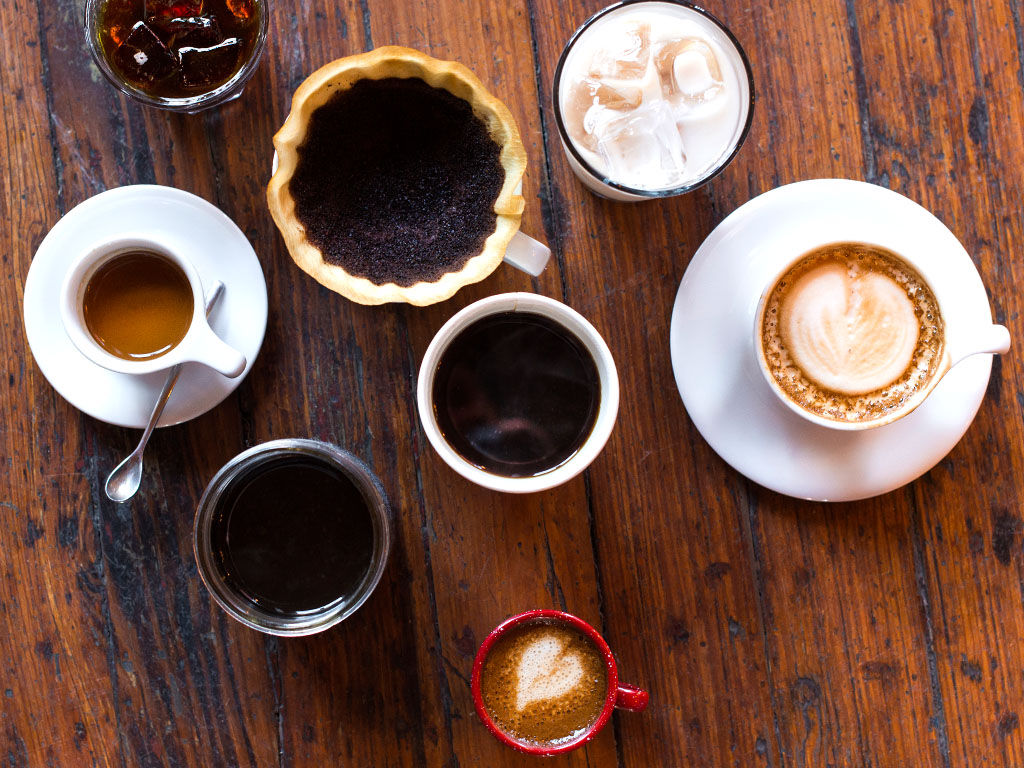
What kind of coffee should I order in a boutique coffee shop? Detailed explanation of the menu of boutique coffee shop!
Professional coffee knowledge exchange more coffee bean information Please follow the coffee workshop (Wechat official account cafe_style) with the third wave of coffee coming, the level of domestic coffee consumption is growing rapidly, and boutique coffee shops are all over the street. Walk into a boutique coffee shop and you will find that they are completely different from Starbucks: different menus, different equipment, and even orders
- Next

Coffee shop adjusts bean grinder every day the importance of espresso grinding
Professional coffee knowledge exchange more coffee bean information please follow the coffee workshop (Wechat official account cafe_style) Why do coffee shops adjust bean grinders every day? The coffee shop has to adjust the grinding degree every day, and some even adjust it once in a few hours. if there is a strict requirement for the extraction results, it should be adjusted again every 5 hours, because beans at every moment.
Related
- Beginners will see the "Coffee pull flower" guide!
- What is the difference between ice blog purified milk and ordinary milk coffee?
- Why is the Philippines the largest producer of crops in Liberia?
- For coffee extraction, should the fine powder be retained?
- How does extracted espresso fill pressed powder? How much strength does it take to press the powder?
- How to make jasmine cold extract coffee? Is the jasmine + latte good?
- Will this little toy really make the coffee taste better? How does Lily Drip affect coffee extraction?
- Will the action of slapping the filter cup also affect coffee extraction?
- What's the difference between powder-to-water ratio and powder-to-liquid ratio?
- What is the Ethiopian local species? What does it have to do with Heirloom native species?

